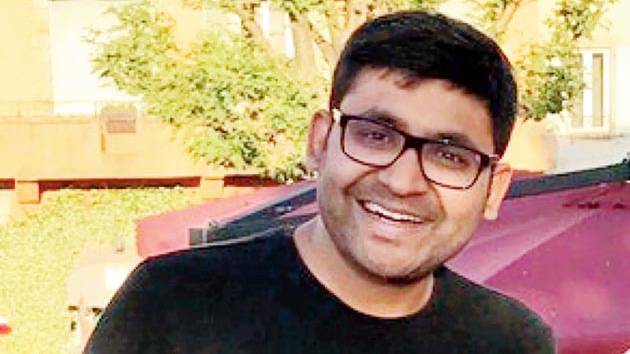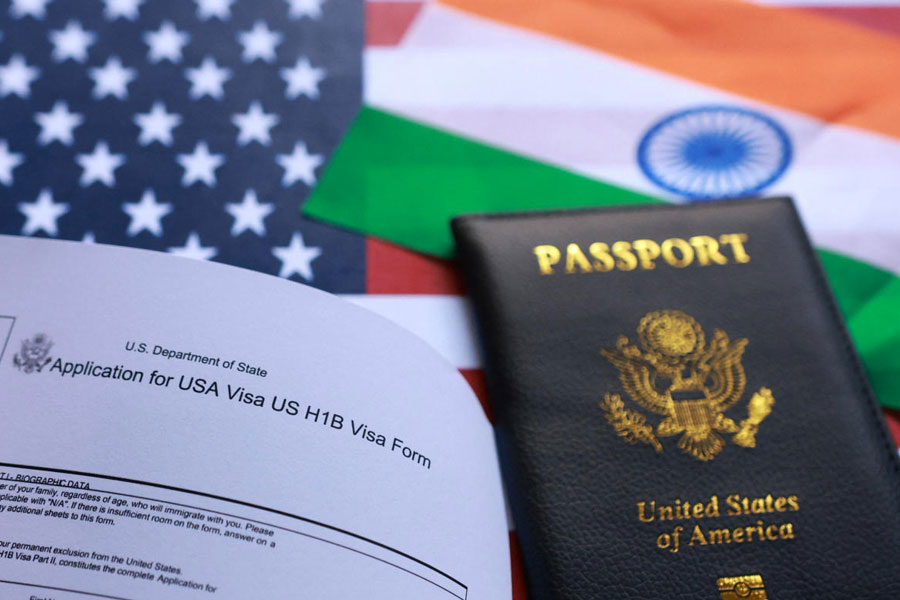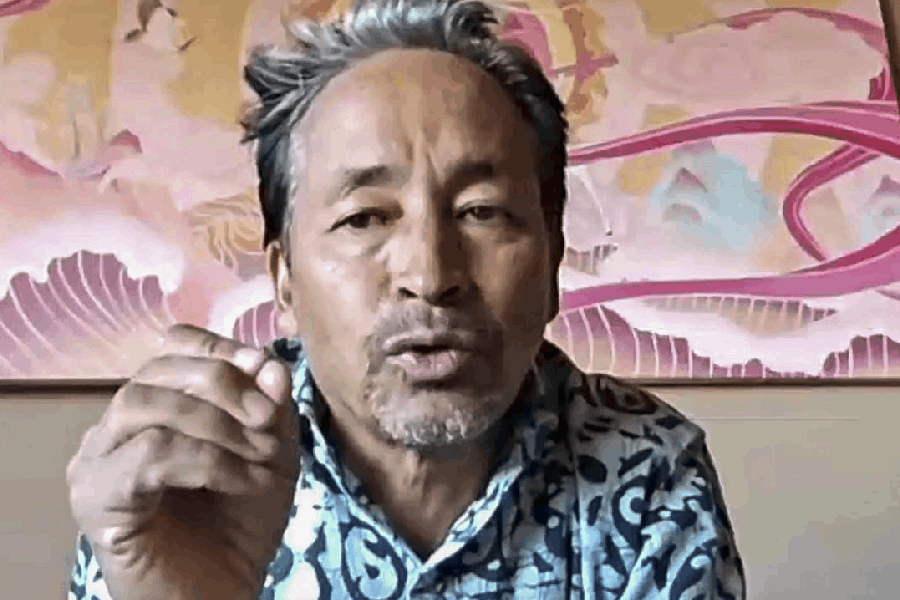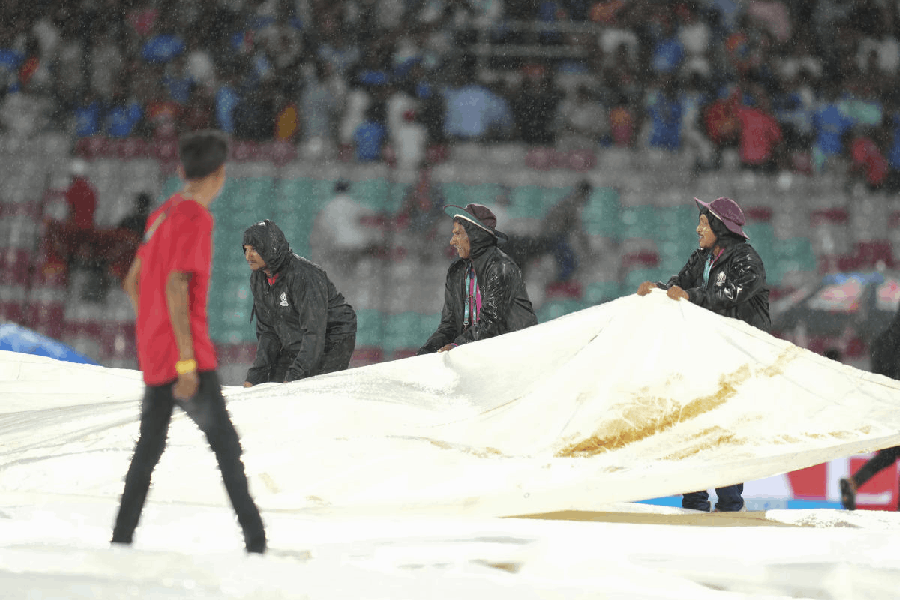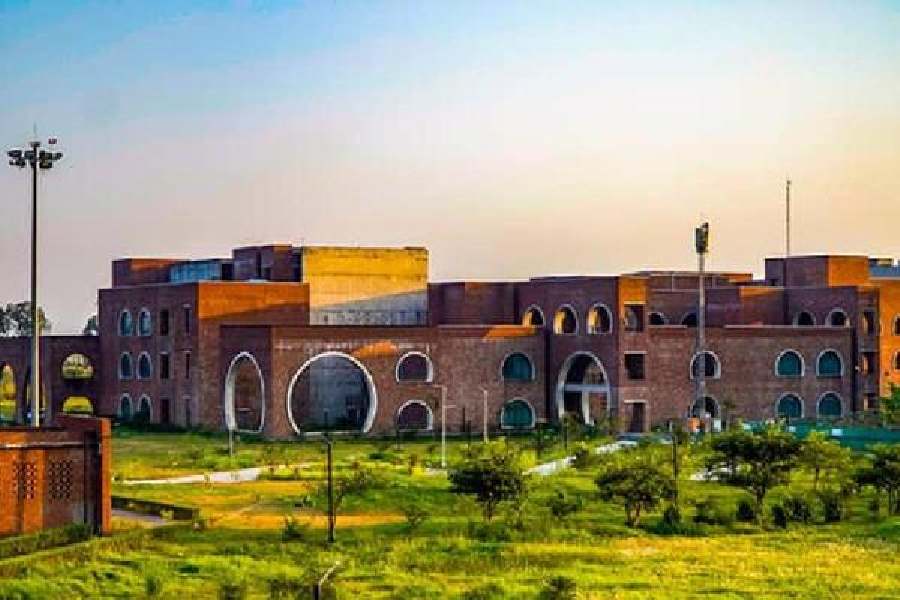The appointment of Parag Agrawal as the CEO of Twitter saw rapturous excitement about an Indian (an American citizen) climbing the global corporate ladder. Such celebrations have accompanied other appointments like those of Sundar Pichai and Satya Nadella too. Apart from the irony of foreign citizens being reclaimed as ‘Indian’, it is vital to understand what the feeling of pride in the success of these individuals hides — layers of privilege, which become the concoction for merit.
When we look at the profile of some 30 Indian-origin corporate figures in the United States of America, they appear astoundingly similar — products of elite Indian private schools and colleges or top schools run by the armed forces, followed by elite public institutions like IITs and IIMs and a masters or doctoral degree from the US. And they are all almost all upper caste.
When it is proudly proclaimed that just over 1 per cent of the Indian-American population constitutes 6 per cent of the Silicon Valley workforce, what is ignored is that the high-achieving diasporic population constitutes privileged Indians, or are, as the authors of The Other One Percent: Indians in America point out, “triply selected”— high socioeconomic status with the means to pursue higher education and beneficiaries of an immigration policy that brought in English-speaking, skilled labour in information technology and sciences.
The race to the to the top is hardly fair or equal. IIT success, for instance, is overwhelmingly tilted towards urban and high-income backgrounds. Add to this caste disparities in accessing elite educational institutions and the inordinate pressure on ‘quota’ candidates to match the standards in these institutions. These have led to suicides among Dalit students. Despite reservation, elite higher education institutions have very little representation from bahujan students and professoriates. SC and ST faculty are 2.5 per cent in IITs and 1.5 per cent in IIMs. Of the 23 IITs, 15 did not have any ST faculty, 12 IIMs did not have an SC faculty, and seven had no OBC faculty. This is the case with Central universities too.
Caste shapes one’s chances. A study by the Savitribai Phule Pune University, Jawaharlal Nehru University and the Indian Institute of Dalit Studies showed that 22 per cent of Hindu high castes own 41 per cent of the nation’s wealth. According to the World Inequality Report 2022, the bottom 50 per cent of the population earns an average annual income of Rs 53,000, while the top 10 per cent earns 21 times more. Academic studies have shown the preponderance of Brahmins among IT professionals. The scholar, Ajantha Subramanian, who authored the The Caste of Merit: Engineering Education in India, shows how upper-caste privilege translates into merit when it comes to engineering education and that there is nothing like objective or neutral technical knowledge. Institutions like IITs, thus, “continue to be spaces of caste privilege and pathways to diasporic success”.
The caste barrier in Indian higher education remains formidable. OBC quotas were introduced only in 2008 in the IITs. Even when there are changes, they are more towards expansion within the upper castes. For example, examining Indian, IT-based start-ups and the Joint Entrance Examination-Advanced toppers in recent years, Dilip Mandal, a writer-activist, has hypothesized that there has been a shift to Banias from Brahmins in the IT sector.
Ironically, upper-caste, privileged Indians in the US become beneficiaries of the white establishment’s attempts to gloss over racial inequalities. A handful of racial minorities and people of colour are incorporated into the power structure as evidence of expanding diversity in an increasingly multicultural, non-white world and market.
That caste hierarchies do not disappear in the diaspora is proven by the unprecedented number of suits filed against Cisco Systems for failing to prevent discrimination against a Dalit engineer. There is significant resistance from upper-caste Indians in the West against the inclusion of caste in the school curriculum or instituting laws against caste discrimination.
Unless this privilege is acknowledged, the idea of merit dissembled and remedial measures taken to equalize opportunities for the marginalized, any celebration of Indian diasporic corporate success is unwarranted.
(Nissim Mannathukkaren is with Dalhousie University, Canada)

